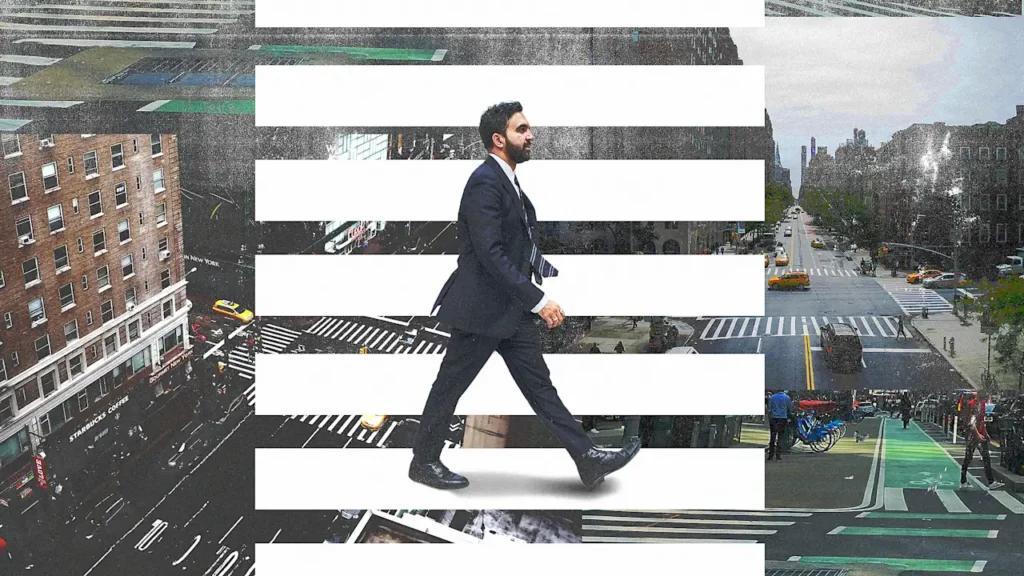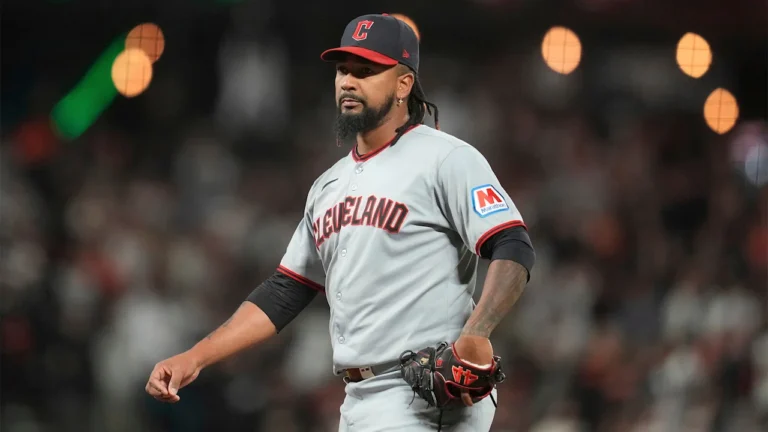
When he takes office next year, Zohran Mamdani will be the first mayor of New York City in decades not to own a car.
Mamdani—who bikes and rides public transit to work—wants to make city buses both faster to ride and free, building on a fare-free pilot he helped run in 2023. He also plans to expand the city’s network of bike lanes, add more car-free streets in front of schools, and wants to pedestrianize more areas in Manhattan as congestion pricing has reduced traffic.
“In a city where the majority of households are car-free, we haven’t had a car-free mayor in a really long time,” says Alexa Sledge, communications director at the nonprofit Transportation Alternatives. “It’s really exciting to see how he can prioritize the vast majority of the New Yorkers who do walk, bike, and take public transportation every single day.”
Mamdani inherits a city with streets that have massively transformed over the last two decades. “People have seen their streets change in real time,” says Janette Sadik-Khan, the former commissioner of the New York City Department of Transportation under the Bloomberg Administration.
Sadik-Khan, now a principal at Bloomberg Associates, built nearly 400 miles of bike lanes, launched Citi Bike, introduced new rapid bus lanes, created dozens of plazas, and pedestrianized Times Square. The changes have continued to roll out. New York now has 1,500 miles of bike lanes, more than half a million daily cyclists, and a mile-long stretch of 14th Street dedicated entirely to buses.
Under the city’s Streets Plan, passed in 2019, Mamdani’s administration must add 50 miles of bike lanes and 30 miles of bus lanes each year—targets the Adams administration missed. But he wants to go farther. He’s proposed making buses free to ride, though that’s likely to be a tough sell with the MTA. He also wants to bring true bus rapid transit to the city.
“A car-free bus lane can move 8,000 people an hour; meanwhile a busway on a car-free street can move 25,000 people an hour in each direction,” he told Streetsblog earlier this year. “This is an essential service that New Yorkers need, especially those in transit deserts or those forced to rely on the poor service of our current bus system.” Right now, he says, city buses only move at an average of 8 miles an hour.
The 14th Street Busway sped up buses by 30%, and other major roads across the city—including in the outer boroughs—could see the same results with a similar design. “People walking and biking and taking transit far outnumber those in cars, but the street does not reflect that reality,” says Sadik-Khan.
Improving reliability matters as much as cost, she says. “New Yorkers don’t just want more affordable transit. They want more frequent and reliable service, so they’re not rolling the dice every time they go to and from work,” she says. Other than dedicated bus lanes, other tweaks to street design could help improve speeds, including “bulb-out” bus stops that allow buses to pick up passengers without pulling over to the side of the road. The city can also roll out more traffic signals that give buses priority at lights.
To improve the experience of biking, Sadik-Khan says that the city needs to find a way to deal with the surge of e-bikes and scooters that are too fast for bike lanes now. Mamdani could consider a new type of bike lane, she says. “New York City could be the first in the nation to dedicate lanes on avenues and in crosstown streets to faster bikes and scooters, which would take them out of the way for regular bike riders and pedestrians and make the streets much safer for everybody,” she says.
Mamdani wants to pedestrianize “vast swaths” of the new congestion pricing zone, along with streets near public open space and schools. It’s an ambitious vision, though not impossible. Paris has transformed even more radically than New York, turning a highway into park space, planting tens of thousands of parking spaces with trees, closing more than 100 streets to cars, charging SUVs extra to park, and making rush hour look more like Copenhagen, with streets filled with bikes. Other cities have also reshaped around pedestrians, like Barcelona, which now has several car-free superblocks.
The same scale of change could happen in New York. “There’s absolutely no reason we couldn’t do it here,” says Sadik-Kahn. “We have all of the scaffolding for it. I think it’s really a matter of imagination and implementation.”
Even after years of improvements in New York, it’s still a challenge to get support for new bike lanes and other changes. But Mamdani has one key advantage: he’s skilled at communicating a vision. “I think he’s done an extraordinary job of communicating the importance of change in this election,” she says. “He’s definitely laid things out. And now I think the implementation is the next step.”
